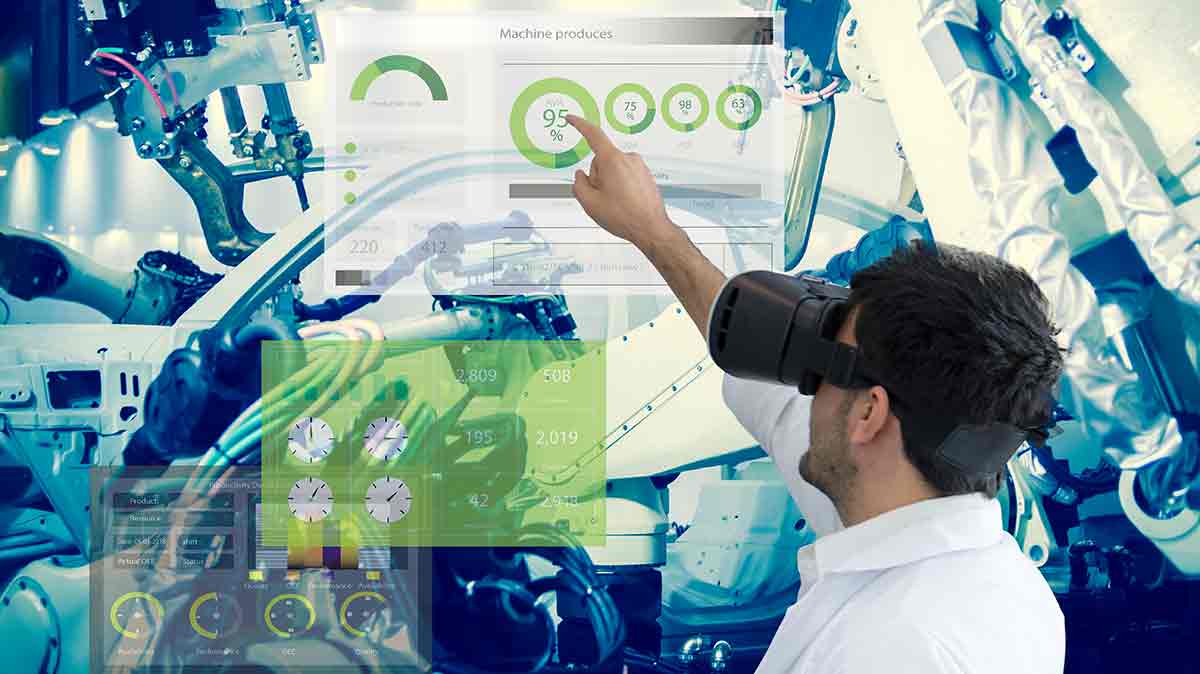The modern B2B landscape demands transparency and innovation. Today’s business buyers expect more than just product specifications—they want to understand the complete journey of what they’re purchasing. Augmented reality (AR) supply chain visibility has emerged as a game-changing approach that satisfies this demand while creating powerful new marketing opportunities.
The Transparency Revolution in B2B Relationships
Trust forms the foundation of every successful B2B relationship. When business customers can literally see where products come from, how they’re manufactured, and how they move through the supply chain, skepticism dissolves and confidence grows. AR supply chain visibility transforms abstract supply chain concepts into tangible visual experiences.
This transparency revolution isn’t merely about providing information—it’s about crafting immersive stories around products. When a potential client can use their smartphone to scan a component and witness its journey from raw material to finished product, they develop an emotional connection that transcends traditional marketing approaches.
How AR Supply Chain Visibility Works
The technology behind AR supply chain visibility combines sophisticated tracking systems with engaging visual interfaces. Each product or component receives unique identifiers through QR codes, RFID tags, or similar technology. These identifiers link to comprehensive digital records documenting every significant moment in the product’s lifecycle.
When business customers access this information through AR applications, they don’t just see boring spreadsheets. Instead, they experience interactive visualizations showing:
Manufacturing processes with real-time production data Transportation routes with environmental impact metrics Quality control checkpoints with verification timestamps Component sourcing information with sustainability credentials
This immersive approach transforms technical information into memorable experiences that resonate with decision-makers who influence purchasing choices.
Marketing Benefits Beyond Transparency
AR supply chain visibility offers benefits far beyond basic transparency. Marketing teams leveraging this technology gain powerful new ways to differentiate their offerings in crowded marketplaces.
The data gathered through these systems provides unprecedented insights into how customers interact with product information. Which aspects of the supply chain do they find most compelling? Which sustainability metrics matter most to them? These insights allow for continually refined marketing approaches tailored to specific customer segments.
Additionally, AR supply chain visibility creates natural opportunities for storytelling. Every product has a unique journey worth sharing—whether it’s about innovative manufacturing techniques, responsible sourcing practices, or quality assurance processes that exceed industry standards.
Implementation Challenges and Solutions
Despite its transformative potential, implementing AR supply chain visibility requires addressing several challenges. Data integration across multiple systems remains complex, particularly when working with diverse supplier networks using different technology standards.
The solution lies in phased implementation approaches. Starting with flagship products or components allows organizations to demonstrate value quickly while building the infrastructure needed for broader deployment. Cloud-based solutions increasingly make these systems accessible without requiring massive internal technology investments.
Privacy concerns also require careful consideration. While transparency benefits everyone, certain proprietary information must remain protected. Well-designed AR supply chain systems include sophisticated permission structures ensuring sensitive information remains secure while still providing meaningful visibility to customers.
Case Studies: Success Stories
Forward-thinking manufacturers have already embraced AR supply chain visibility with impressive results. One industrial equipment manufacturer implemented AR transparency for their high-value components and saw a 34% increase in customer engagement metrics within six months.
Another company specializing in sustainable building materials leveraged AR supply chain visibility to validate their environmental claims. By allowing customers to visualize carbon footprint metrics at each production stage, they strengthened their position as industry leaders in sustainability.
The Future of AR Supply Chain Marketing
As AR technology continues evolving, supply chain visibility applications will become increasingly sophisticated. Future systems will likely incorporate predictive elements—showing not just where products have been, but anticipating potential supply chain disruptions before they occur.
The integration of artificial intelligence will enable more personalized experiences, highlighting different aspects of the supply chain based on individual customer priorities. For some clients, quality control measures might matter most; for others, ethical sourcing might take precedence.
Creating Your AR Supply Chain Visibility Strategy
Developing an effective AR supply chain visibility approach requires collaboration between marketing teams and supply chain professionals. Begin by identifying the most compelling aspects of your product journey—what unique stories can you tell about your sourcing, manufacturing, or distribution processes?
Next, consider the technical implementation. While comprehensive visibility systems require significant investment, smaller-scale pilots can demonstrate value quickly. Consider working with specialized technology partners who can accelerate implementation.
Finally, integrate your AR supply chain visibility into broader marketing initiatives. The visual assets and data collected can enhance everything from sales presentations to content marketing efforts, creating cohesive messaging around transparency and quality.
Conclusion
AR supply chain visibility represents more than just another technology trend—it’s fundamentally changing how B2B marketing functions by creating deeper connections between buyers and products. When customers can literally see where products come from and how they’re made, marketing claims transform into verifiable experiences.
For businesses willing to embrace this approach, the rewards extend beyond immediate sales benefits. The transparent relationships fostered through AR supply chain visibility build lasting partnerships based on authentic understanding and trust—the true foundation of successful B2B marketing in today’s complex business environment.





